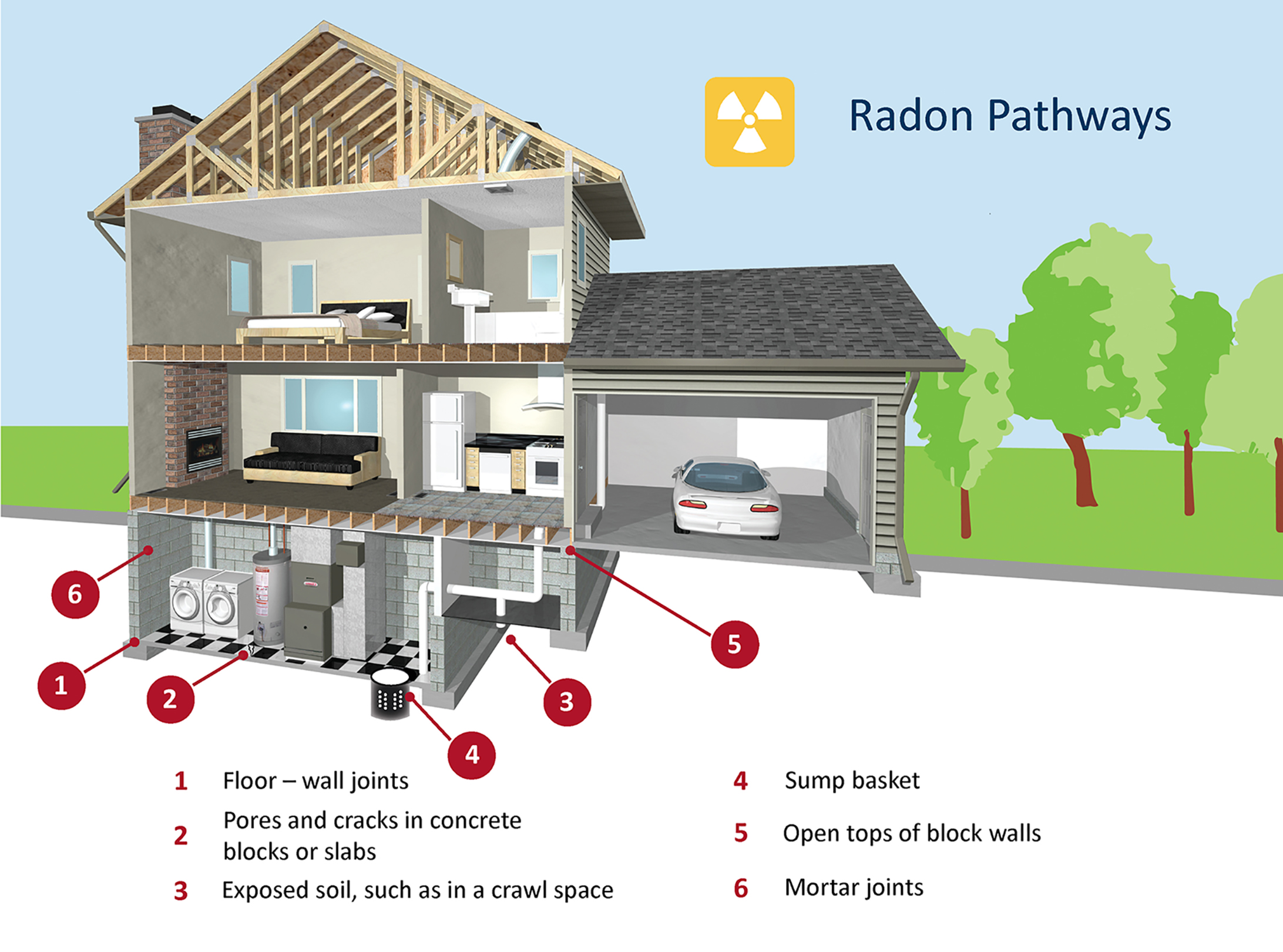Radon mitigation
Radon is a radioactive gas that has actually been found in residences, colleges as well as other structures worldwide. Radon comes from the all-natural breakdown of uranium in dirt as well as rock, and also goes up into the interior air that people take a breath. Radon mitigation systems lower radon degrees in residences as well as structures. Evaluation of these systems assists guarantee that they were mounted correctly and also are executing as developed.

Several radiation wellness scientists have tested such searchings for as a result of the vast distinction in exposure degrees in between houses as well as structures on the one hand, as well as subsurface mines on the other. Nevertheless, a variety of activity levels as well as direct exposure limits for radon gas direct exposure have been advised or set into legislation for the defense of the public.
Does a radon mitigation system hurt resale?
Having an active Radon mitigation system in one's house does not adversely affect the home's resale value and since Radon is so easily controlled once it's detected it is no reason not to buy the property if all other factors line up favorably for buying the house.
Smoking cigarettes continues to be the leading root cause of lung cancer throughout the country. It's the results of radon gas, which is a radioactive gas that happens naturally in Broomfield and across Colorado. Not only is it normally happening, however it's also odor free, unsavory, and anemic, so it can not be identified without aid. What this suggests is homes across our reasonable state often have higher degrees of radon gas than https://www.franklinis.com/business-directory/add-new-business-listing regular. Luckily, if you are positive regarding screening and caring for your residence, it's possible to maintain the radon degrees in your house at an acceptable level.
- It results as component of the contaminated decay chain of uranium and also thorium in the earth's crust.
- In the United States, the EPA suggests that corrective activity be taken if the degree in the air is discovered to be above 4 picocuries per liter (pCi/L).
- Radon is a colorless, odor free contaminated gas that is present in trace amounts in the atmosphere.
- The most usual option is to put in place a radon reduction system containing an air vent pipeline and blower to pull air from under the slab under your house as well as exhaust it outside.
- The problem is that it can leak up from the ground and collect in buildings; there is clear evidence that breathing air with high concentrations of radon gas can cause lung cancer.
Do radon mitigation systems really work?
The Surgeon General and the EPA recommend testing for radon and reducing radon in homes that have high levels. Fix your home if your radon level is confirmed to be 4 picocuries per liter (pCi/L) or higher. Radon reduction systems work. Some radon reduction systems can reduce radon levels in your home by up https://www.ted.com/profiles/14254852/about to 99%.
Examining in Canada

Is it safe to buy a house with a radon mitigation system?
If you don't perform regular follow-up testing, you may be being exposed to high level of radon under the false pretense that you are safe because you have a mitigation system. With that said, most radon mitigation systems installed by good contractors will work great to reduce radon levels.
Setting up a radon decrease system in huge structures needs comprehensive expertise of building regulations as well as construction styles. Points like A/C systems, stairwells, lift shafts, as well as intricate foundations have to be taken into consideration.
What is involved in radon mitigation?
Mitigation of radon in the air is accomplished through ventilation, either collected below a concrete floor slab or a membrane on the ground, or by increasing the air changes per hour in the building. Treatment systems using aeration or activated charcoal are available to remove radon from domestic water supplies.
In existing homes, nonetheless, the radon mitigation system will certainly have to be retrofitted. If the system is put outside, the costs might be lower, yet visually, the outcomes are less pleasing and might affect residence value. If the system is positioned inside, such as in a closet or much less evident location, added costs could be sustained by the property owner to run lines in such a way that they are undetected. Typical radon reduction systems are typically efficient within 24 hr. The key advantage is reducing the danger of creating lung cancer.